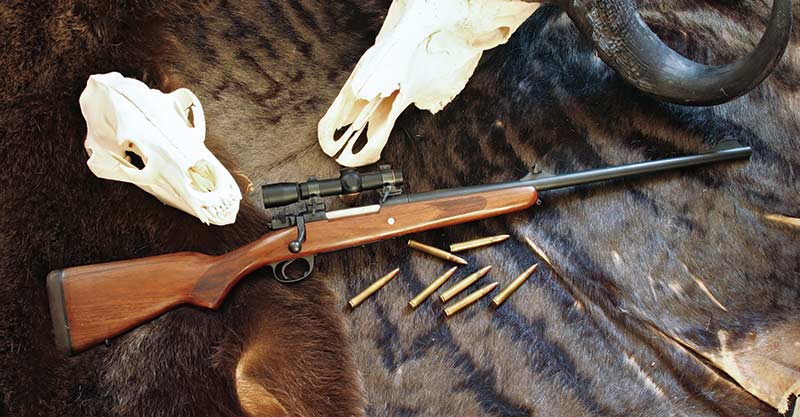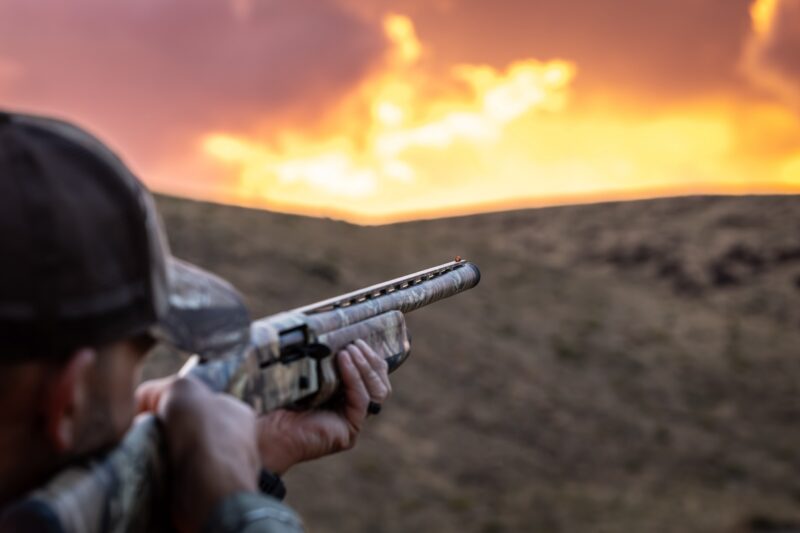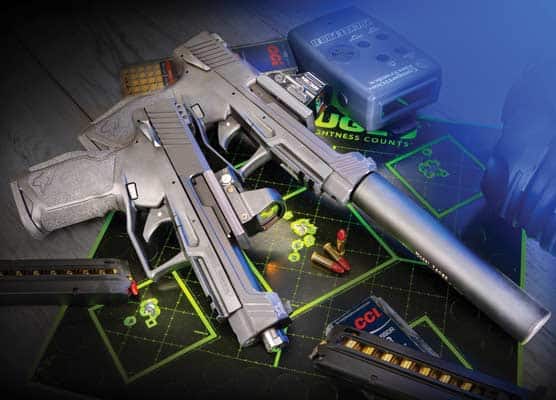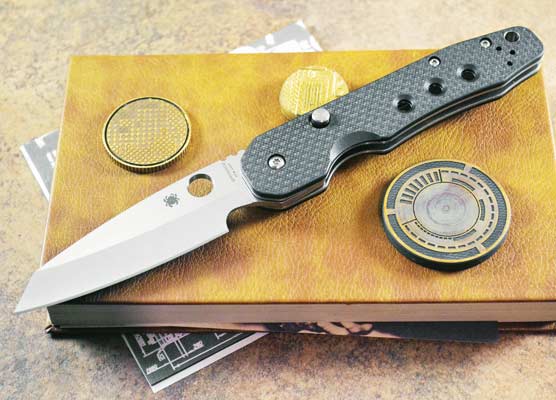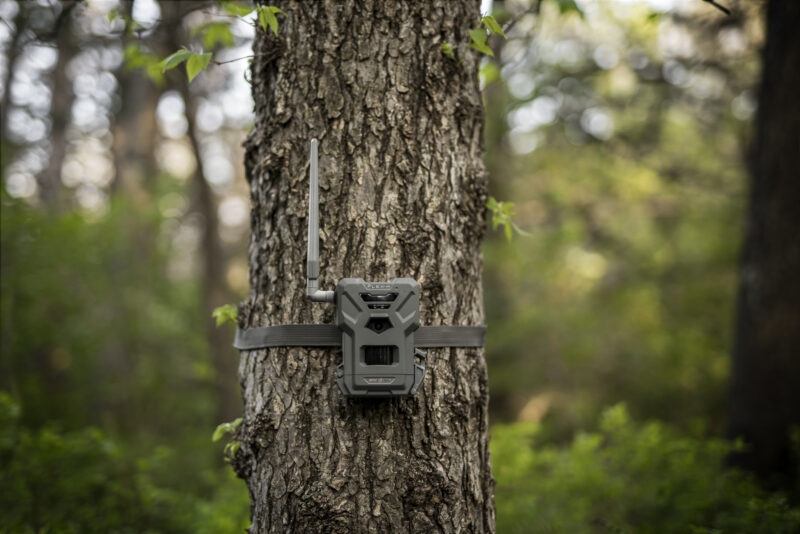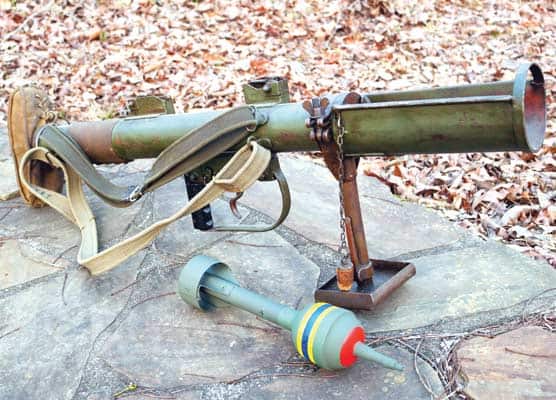Presto Change-O
Detachable Scope Mounts Can Save Your Hunt
Quite a few hunters believe the only use for detachable scope mounts is hunting dangerous game. They’ve heard about hunters after brown bear or Cape buffalo removing the scopes from their rifles, so they can use “faster” iron sights at close range.
In reality, numerous tests have proven a low-magnification scope (or other optical sight) is at least as fast as irons, and even a shooter who’s equally fast with irons needs to be very familiar with their use. Few shooters who assume iron sights are faster really practice with them—or even used irons since their Daisy Red Ryder days. This is probably why they think they’re faster. A few of my own rifles are set up with detachables and iron sights, but the sights are backups in case the scope malfunctions, or the weather’s so wet a scope somehow won’t work at all, both pretty remote possibilities.
In decades of hunting I’ve had to replace the scopes on a rifle several times in the field because they decided they’d put up with enough recoil in their lives. So far I’ve always had a spare scope along, but initially brought along another scope, plus a screwdriver fitting the mount-screws. However, I soon found it much handier to have the back-up in the same kind of detachable rings as the primary scope—and already sighted-in. So far a test-shot after switching scopes has landed right where it should, thanks to one of the basics of using detachable mounts.
The majority of detachables features a cross-screw on each ring to tighten the rings onto the mount bases. Precise repositioning requires applying the same tension to both cross-screws, every time. This isn’t likely when we fully tighten one cross-screw, then tighten the other—which is why the directions to Talley’s steel detachables advise tightening both cross-screws a little at a time, alternating between front and back, like we tighten lug-nuts on a pickup’s wheel.
On The Cheap
Many shooters also believe detachable mounts have to be expensive, but the original Weaver rings work fine. In fact Weaver used to call them “tip-off” mounts, but their website now calls them “detachable.” The site lists stainless-steel versions at $43.95, pretty cheap on today’s market, but a pair of blued 1-inch rings is only $28.95. If the attachment screws are tightened alternately, Weavers are pretty darn repeatable.
In recent decades many shooters decided Weaver detachables are weaker than some popular, much heavier rings that, in some instances, are actually weaker. I’ve used Weavers on rifles up to a .416 Remington Magnum with perfect results. Many also regard Weavers as really ugly, but this has also recently changed, because traditional standards of rifle beauty have changed.
Today, many shooters prefer a “chassis” rifle to a “classic” rifle, partly because they believe a chassis rifle is both more accurate and reliable. The scope mounts most chassis-shooters prefer are heavy-duty, “tactical” rings, mounted on a Picatinny rail—but despite being far stouter and heavier than the old Weaver rings, the basic mechanics are the same, so tactical rings also serve very well as detachables. Tacticals cost more than Weavers, but because of their simplicity even the most expensive brands run around $200 a pair, far lower than some fancier detachables.
The only mechanical problem with Weaver or tactical rings is they require a tool for the cross-screws. With Weavers this can be a 25¢ piece, or a screwdriver blade like the one on the Swiss Army Knife that accompanies me everywhere. But tactical rings require a wrench for their heavy-duty hex nuts. Other rings have the same basic cross-bolt design, including those for the machined-in dovetails on Ruger Hawkeye and No. 1 rifles, and work equally well as detachables with the right tool.
Detachable mounts removable without tools often cost more, though the lever-equipped Talleys (preferred by many hunters with fantasies of iron-sight follow-ups) cost about the same as tactical rings. I have several sets of Talleys on my classic rifles, and they’ve always replaced precisely.
Prices rise rapidly, however, for instantly hand-detachable mounts. In 1993 I accompanied several other writers on a tour of Zeiss’s factories in Germany, and among the stops was a gun shop in Berlin. Zeiss had just developed a detachable scope mount that, like some other German mounts, could be quickly snapped on and off a rifle without tools. In the shop we watched a gunsmith fit the new mounts to a rifle, while being lectured on various aspects of scopes by our tour guide.
The gunsmith was still tinkering with the mounts half an hour later when the tour guide asked us, “Do you think American hunters would be interested in such an excellent system?”
One of us asked how much it cost. Our guide said, “Around 600 US dollars,” smiling broadly, as if this was obviously a real bargain for such an excellent system.
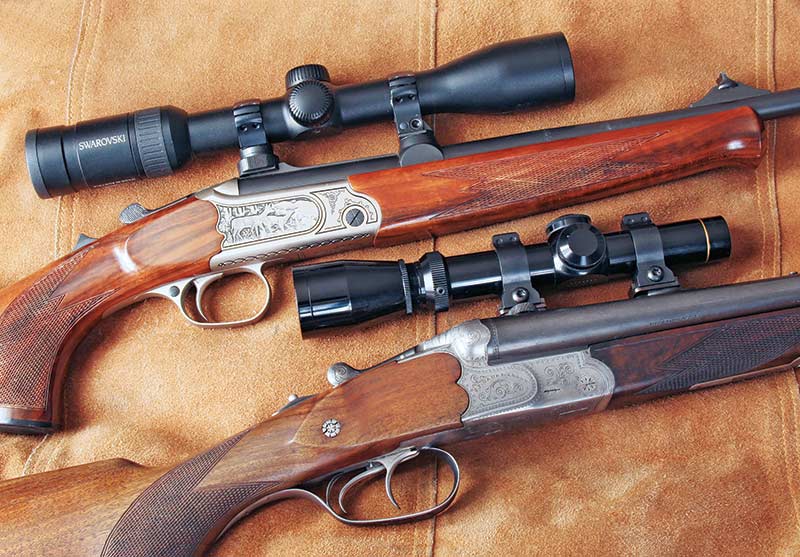
German detachable mounts often feature a spring-loaded latch on
the rear ring. One system (top) features a dovetailed front ring you turn
90 degrees, using the scope as a lever, but the classic is the “claw” mount,
so-called because the front ring has a pair of steel hooks (claws) fitting into
the front base. The SAUER drilling has claw-mount bases for Talley steel rings,
made by Montana gunsmith John McLaughlin.
At this point several of us simultaneously answered, “No!”
Some hand-detachable Euro-mounts even feature a dovetail-base front ring like those on Leupold-type rings, turned into a matching hole in the base. The rear ring attaches with a latch, and after it’s loosened the scope’s actually used as a lever to twist the front dovetail free. Merkel used to feature this mount on their K-1 single-shots, and I tested the one on my K-1 .308 a few times after purchasing the rifle in 2005, to see if it replaced precisely. It did, but I haven’t detached the scope very often since, both because I don’t like using scopes as levers, and because the dovetail would inevitably wear loose.
The classic European quick-detachable mount is the “claw,” where the front ring has a couple of steel fingers (claws) that fit into matching holes in the front base. The rear ring has a spring-loaded latch, and after loosening the latch, lifting the rear of the scope releases the claws. Claw mounts work precisely, but can also wear out if some enthusiast plays with them too often. Claw mounts are also often attached to a rail on the underside of the scope, or the rings themselves are made specifically for one particular scope model.
My most recent drilling, a SAUER 16×16/6.5x57R, came with a very good Hensoldt 4X. Unfortunately, the 6.5x57R is easily capable of 300- or 400-yard shots, and the scope’s heavy reticle simply didn’t work beyond about 200 yards. Years ago an older gunsmith I know came up with the brilliant idea of making Talley-style bases for claw-mount guns, so Talley rings could be used with any scope you want.
Unfortunately, he no longer does such work, so I went to John McLaughlin, a young Montana gunsmith who likes interesting projects, and asked if he could do the same thing for my SAUER. John said he sure could, and would have ’em done in about 6 weeks—and unlike some gunsmiths, his time estimate was realistic. I mounted a 1-4×20 Leupold, leaving it on 1X when primarily after big game, to shoot anything, flying or 4-legged, bumped into at close range. For longer shots there’s plenty of time to turn it up to 4X. When only after birds, I remove the scope.
There are all sorts of reasons to use detachable scope mounts, and today there are models for every budget and purpose.
John Barsness’s book Modern Hunting Optics was published in 2014, and can be ordered through www.riflesandrecipes.com, P.O. Box 579, Townsend, MT 59644, (406) 521-0273.
McLaughlin Custom Firearms, LLC
1216 Spring St.
Helena, MT 59602
(406) 422-0867
www.mclaughlincustomfirearms.com
Talley Manufacturing Inc.
P.O. Box 369
Santee, SC 29142
(803) 854-5700
www.talleymanufacturing.com
Weaver Optics
1 Vista Way
Anoka, MN 55303
(800) 379-1732
www.weaveroptics.com
